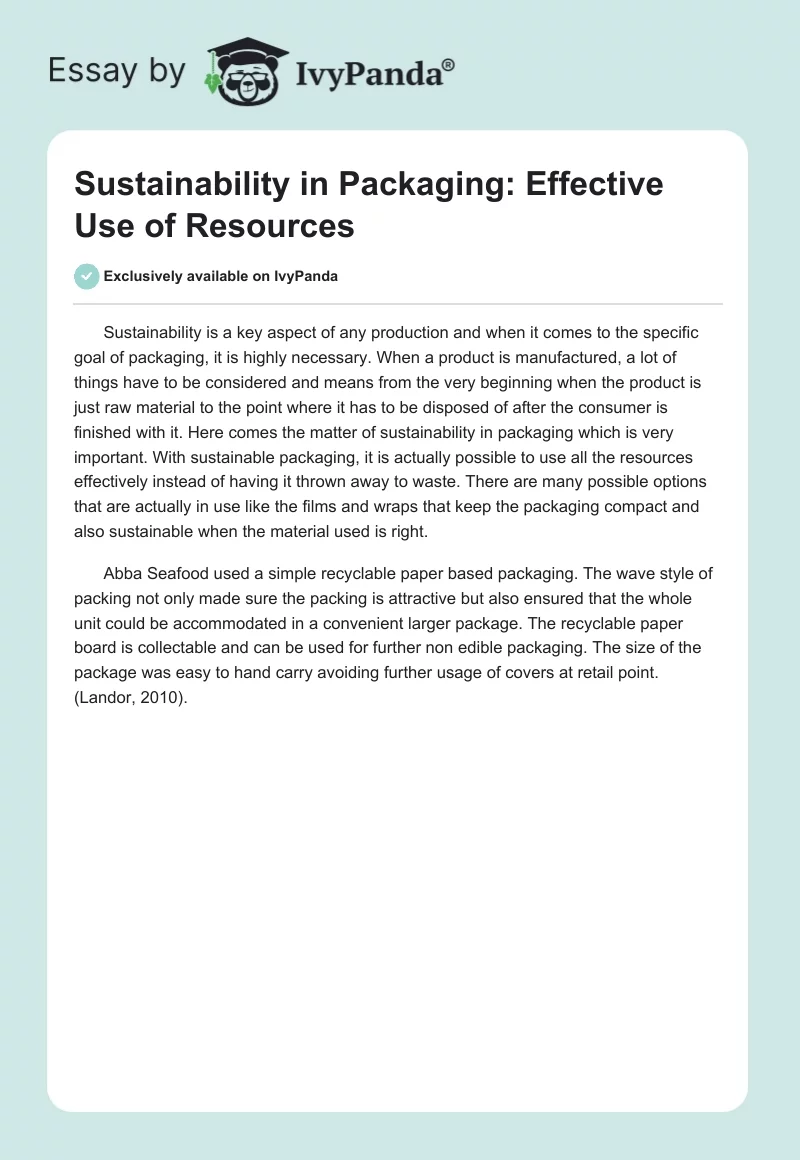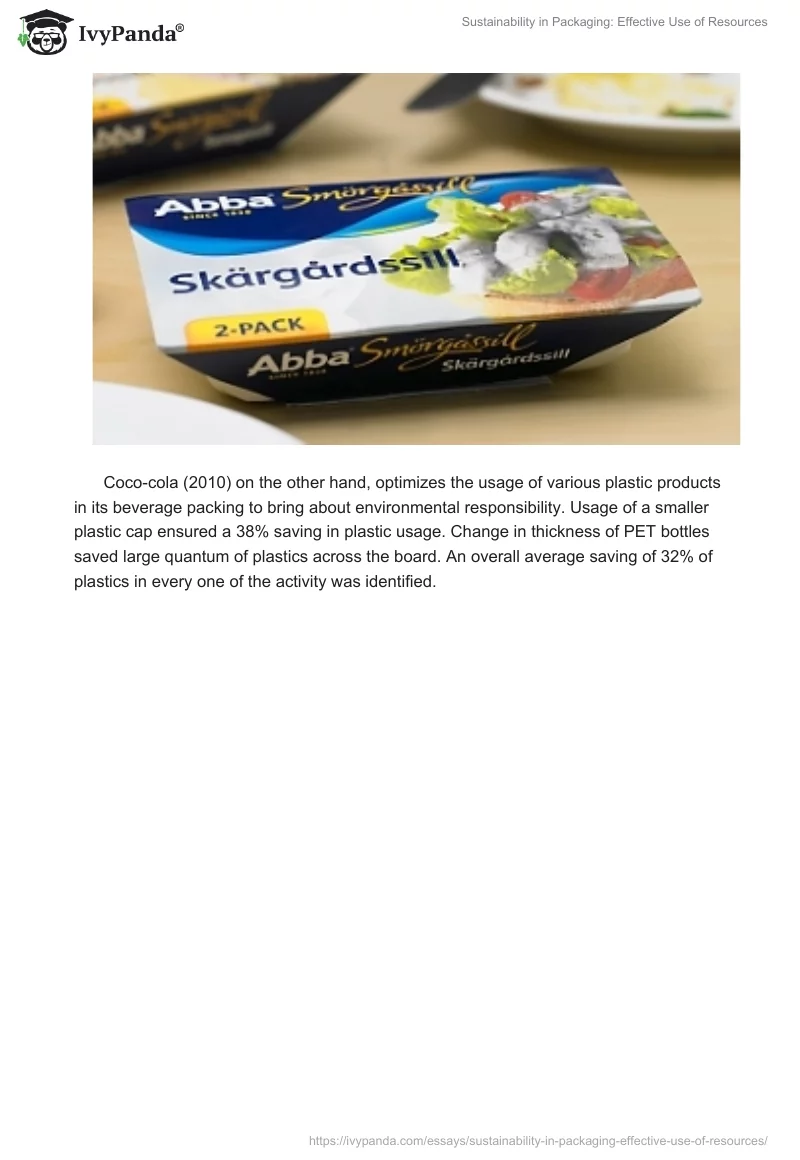Sustainability is a key aspect of any production and when it comes to the specific goal of packaging, it is highly necessary. When a product is manufactured, a lot of things have to be considered and means from the very beginning when the product is just raw material to the point where it has to be disposed of after the consumer is finished with it. Here comes the matter of sustainability in packaging which is very important. With sustainable packaging, it is actually possible to use all the resources effectively instead of having it thrown away to waste. There are many possible options that are actually in use like the films and wraps that keep the packaging compact and also sustainable when the material used is right.
Abba Seafood used a simple recyclable paper based packaging. The wave style of packing not only made sure the packing is attractive but also ensured that the whole unit could be accommodated in a convenient larger package. The recyclable paper board is collectable and can be used for further non edible packaging. The size of the package was easy to hand carry avoiding further usage of covers at retail point. (Landor, 2010).
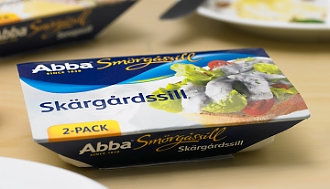
Coco-cola (2010) on the other hand, optimizes the usage of various plastic products in its beverage packing to bring about environmental responsibility. Usage of a smaller plastic cap ensured a 38% saving in plastic usage. Change in thickness of PET bottles saved large quantum of plastics across the board. An overall average saving of 32% of plastics in every one of the activity was identified.
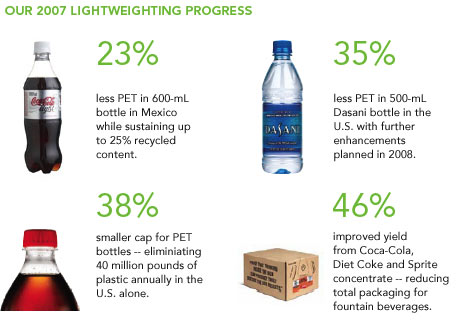
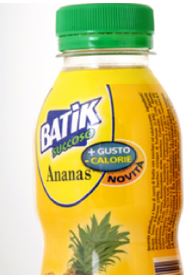
Batik Drinks were launched by San Benedetto (2010) in the course of the year 2009. They used a shrink wrap to realize certain eco-friendly results. For one shrink wrap ensured lesser amount of glue usage and at the same time better appeal. The shrink also ensured that the temperature of the drink was locked up in the bottle. This saved on air-conditioning and refrigeration.
They have many kinds of packaging which helps all the products sustain. They have innovative packaging that use the latest technology and they were the very first to come up with POF film, Bubble film and also the PVC cling film in the whole of the G. C. C. They have a lot of multipack options available which are well tested and of the finest quality. The quality and the effort put into it prove the sustainability (Emirates National Factory for Plastics Industry, n.d.).

Another fine option would be the sustainability in the hot melt packaging tape. They give you excellent resistance against external forces while holding really firm. The best feature would be the versatility. The consistency is something else that is looked for from all the companies and of course, the strength that they offer (Shurtape, n.d.). At the same time, the green nature of the tape is recognized and LEED certification is given for usage.
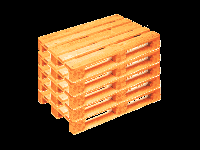
Wood packaging for export is another way for sustainability in packaging. The packaging is of many types ranging from pallets to boxes and they have many regulations which have to be followed for the recycling and also the exporting (IPCC, Nov 2005). Recycling of wood packages has been proven and today, only certified wood is made use of to ensure that the trees cut are replanted.
Strata Packaging by Enviro Packaging reflects the policy of the company. The sustainability with the renewing, recycling, reusing, reducing, and the removal and also looking to adapt rather than becoming extinct is what the package seem to drive at. (Enviro Packaging Solutions, n.d.). These are 100% recyclable, less weight therefore, lesser transport cost are some of the major eco-friendly features of the packing.

Sealed air Cryovac takes their stand on the food packaging and they make it clear that wasted food is a complete waste of a lot of resources used while the food was produced and also something that someone else might have found useful. Packing for cryo and cold packing has also been made recyclable. (Cryovac, n.d.).
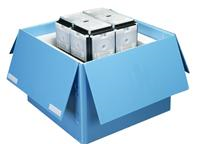
The materials sold by Azo Materials is packed in recyclable material and is found to offer non-plastic content in them. Mostly these are wood and plant source based which help s them to recycle as well as ensure they are of sustainable origin. It offers sustainability and companies have come with ideas to do away with quite a portion of the plastic in the packaging which is a great thing (AZO Materials, n.d.).

The plastic bottles, typically, PET are used extensively in the bottling and beverages sector. ICIS (n.d.) has built its green philosophy on the usage of plastic bottles optimally. It is common knowledge that PET bottles hurt the working of the environmental conditions. Reducing the size of the bottles to the barest minimum including the least thickness are some of the adopted methods by the industries to reduce eco-impact.
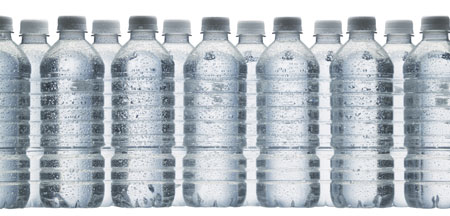
Flexis Steam packaging is done by Avery Dennison systems. This helps preserve the food for a longer time and offers more sustainable packaging option. Avery Dennison (2010) claims that using 10 million such packages would result in saving 40 billion BTUs of energy resulting in saving 510 barrels of oil and its equivalents.

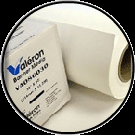
Packaging is a unique way of providing the necessary product in such a way that it will last longer or in other words sustain. The main objective is nothing other than to refrain from wasting the precious resources and to manage it and use it effectively and efficiently (ITW Packaging Solutions, n.d.).
Der Gruner Punkt (2010) has introduced a new type of packaging and it calls it as ANV which is the abbreviation in German for ‘Sustainable Packaging Agenda’. The major points considered during design of the package are the sustainability, life cycle and the overall usability of the packaging. Multiple or repeated uses for the package is what is planned in every one of such issues.

References
Avery Dennison (2010) “Sustainable Packaging Solutions”. Web.
Azo Materials “Packaging of Ceramics”. n.d. Web.
Coco-cola Company (2010) “Reduce”. Web.
Cryovac “Improving Sustainability through Packaging Solutions: Reduction of Food Waste”. n.d. Web.
Der Gruner Punkt (2010) “Designing Sustainable Packages”. Web.
Emirates National Factory for Plastics Industry “Plast Future – Next Best packaging solution to Nature”. n.d. Web.
Enviro Packaging Solutions “The Six R’s of Sustainability”. n.d. Web.
ICIS.com “Plastics To Gain From Consumer Packaging’s Sustainability Goals”. n.d. Web.
International Plant Protection Convention (IPCC) (2005) “Certified Wood Packaging for Export”. Web.
ITW Packaging Solutions “Sustainability = Doing more with less”. n.d. Web.
Landor, “Packaging for a small planet: Navigating the sustainability maze”. n.d. Web.
San Benedetto (2010) “Roll Fed Shrink Film delivers 50% Shrink ratio for High-Impact Appeal”. Web.
Shurtape “Production Grade Hot Melt Packaging Tape”. n.d. Web.

